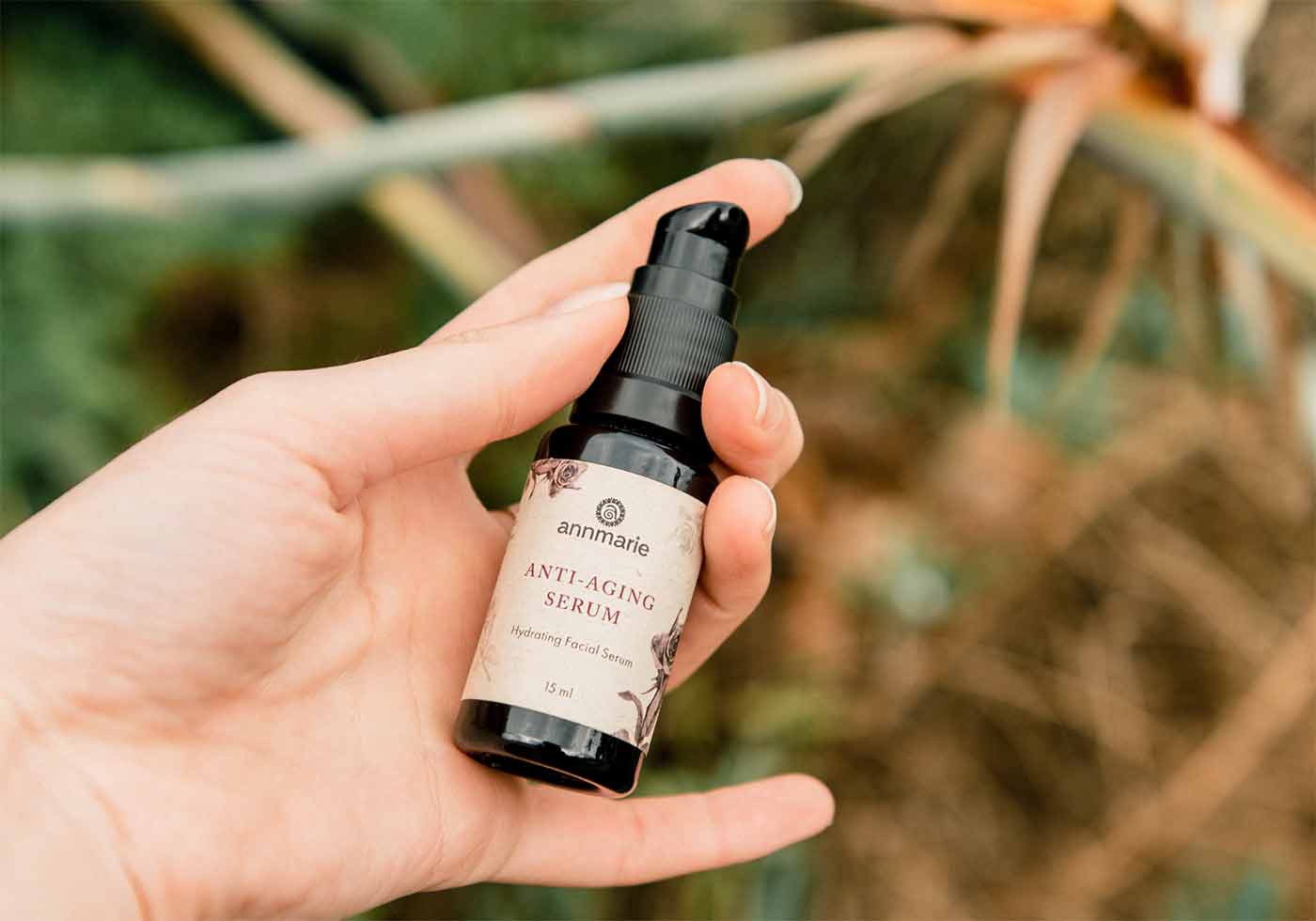
Testing the new oil
Harvesting olives and pressing them into oil is a process that culminates in one of nature’s finest gifts: extra virgin olive oil. However, producing high-quality olive oil requires careful testing and evaluation. Testing the new oil ensures that it meets standards for taste, aroma, and purity, and it helps identify any potential issues in the production process. This guide will walk you through the steps and methods used to test new olive oil.
Importance of Testing Olive Oil
Testing olive oil is essential for several reasons:
- Quality Assurance: Ensures the oil meets quality standards for extra virgin olive oil.
- Flavor Profile: Helps identify and enhance the oil’s unique flavor characteristics.
- Purity: Detects any impurities or defects in the oil.
- Shelf Life: Determines the oil’s stability and potential shelf life.
Steps in Testing Olive Oil
1. Sensory Evaluation
Sensory evaluation, also known as organoleptic assessment, is a critical step in testing olive oil. It involves tasting and smelling the oil to evaluate its flavor and aroma. This process is usually conducted by a trained panel of tasters but can also be done informally.
Steps for Sensory Evaluation:
- Pour a Sample: Pour a small amount of olive oil into a glass. Use a dark glass to prevent visual bias.
- Warm the Oil: Cover the glass with one hand and swirl the oil gently with the other to warm it slightly. This releases the oil’s aromatic compounds.
- Smell: Remove your hand and take a deep inhale of the oil’s aroma. Note any positive attributes such as fruity, grassy, or floral scents, as well as any negative attributes like rancid or musty odors.
- Taste: Take a small sip of the oil, allowing it to coat your mouth. Note the flavors and sensations, such as bitterness, pungency (a peppery sensation), and any specific tasting notes (e.g., green apple, almond).
- Spit and Evaluate: Spit out the oil and evaluate the overall balance and intensity of the flavors. High-quality extra virgin olive oil should have a balance of fruitiness, bitterness, and pungency without any off-flavors.
2. Chemical Analysis
Chemical analysis provides a detailed assessment of the oil’s composition and ensures it meets industry standards. Common tests include:
- Free Acidity (FFA): Measures the level of free fatty acids in the oil. Extra virgin olive oil should have an FFA of less than 0.8%.
- Peroxide Value (PV): Indicates the level of oxidation in the oil. A low PV (below 20 meq O2/kg) is preferred for fresh oil.
- UV Absorption (K232 and K270): Assesses the oil’s oxidation state and detects any adulteration. Values should be within specified limits for extra virgin olive oil.
- Fatty Acid Profile: Determines the composition of fatty acids, ensuring the oil is pure olive oil and not mixed with other oils.
- Polyphenol Content: Measures the level of antioxidants in the oil, contributing to health benefits and shelf life.
3. Quality Standards
Ensure the olive oil meets the following quality standards to be classified as extra virgin:
- Free Acidity: Less than 0.8%
- Peroxide Value: Less than 20 meq O2/kg
- K232: Less than 2.50
- K270: Less than 0.22
- Organoleptic Evaluation: No sensory defects, with positive attributes in flavor and aroma.
Tips for Ensuring High-Quality Olive Oil
- Harvest Timing: Harvest olives at the right time, usually when they are turning from green to black.
- Immediate Processing: Press olives within 24 hours of harvesting to prevent fermentation and oxidation.
- Proper Storage: Store oil in a cool, dark place in airtight containers to prevent oxidation and preserve freshness.
- Clean Equipment: Ensure all equipment used in the extraction process is clean and free from contaminants.
Conclusion
Testing new olive oil is a crucial step in ensuring its quality, flavor, and purity. By conducting thorough sensory evaluations and chemical analyses, producers can guarantee that their olive oil meets the highest standards and provides consumers with a premium product. Whether you are a professional producer or an enthusiast, understanding and implementing these testing methods will help you achieve the best possible results with your olive oil.
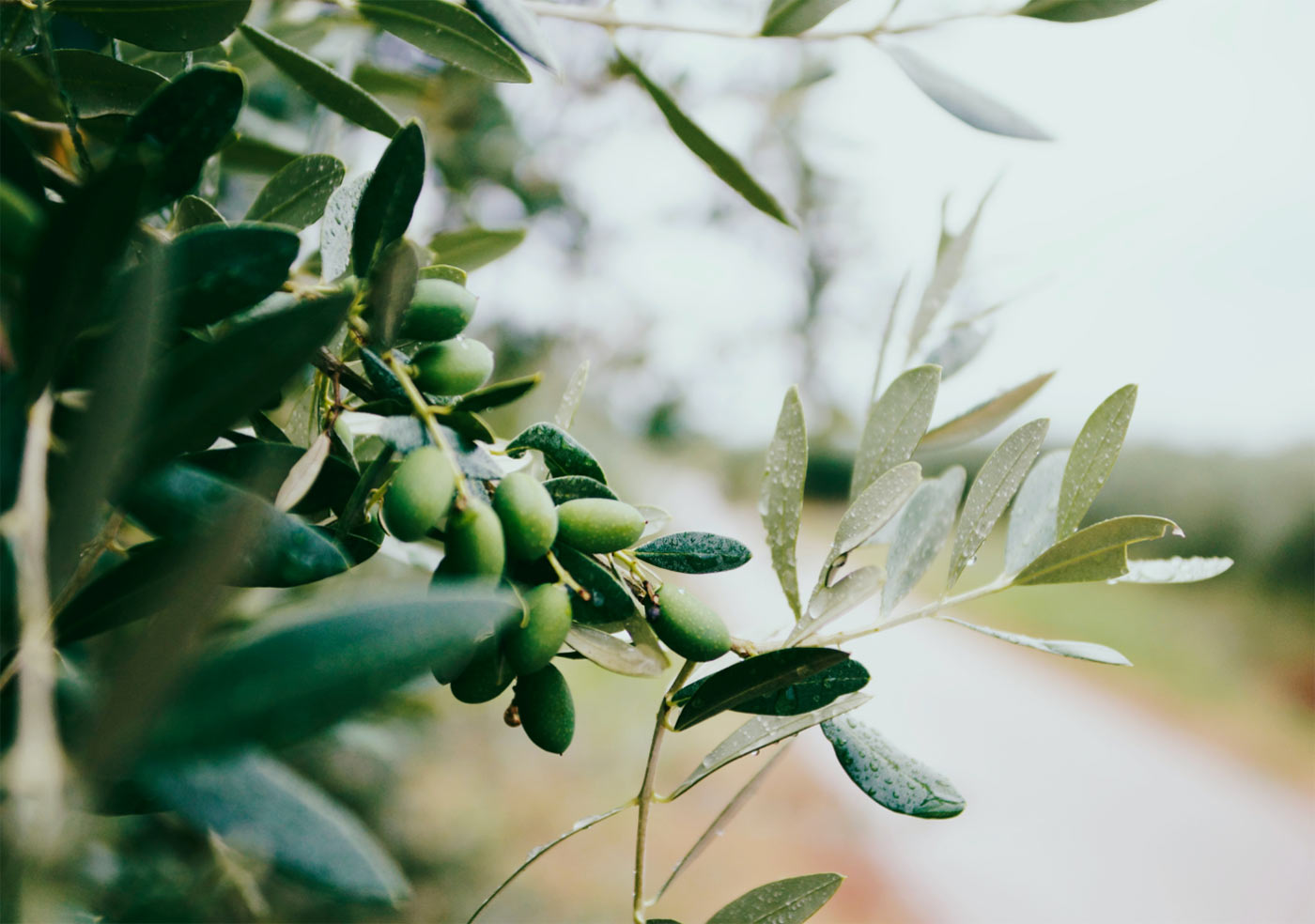
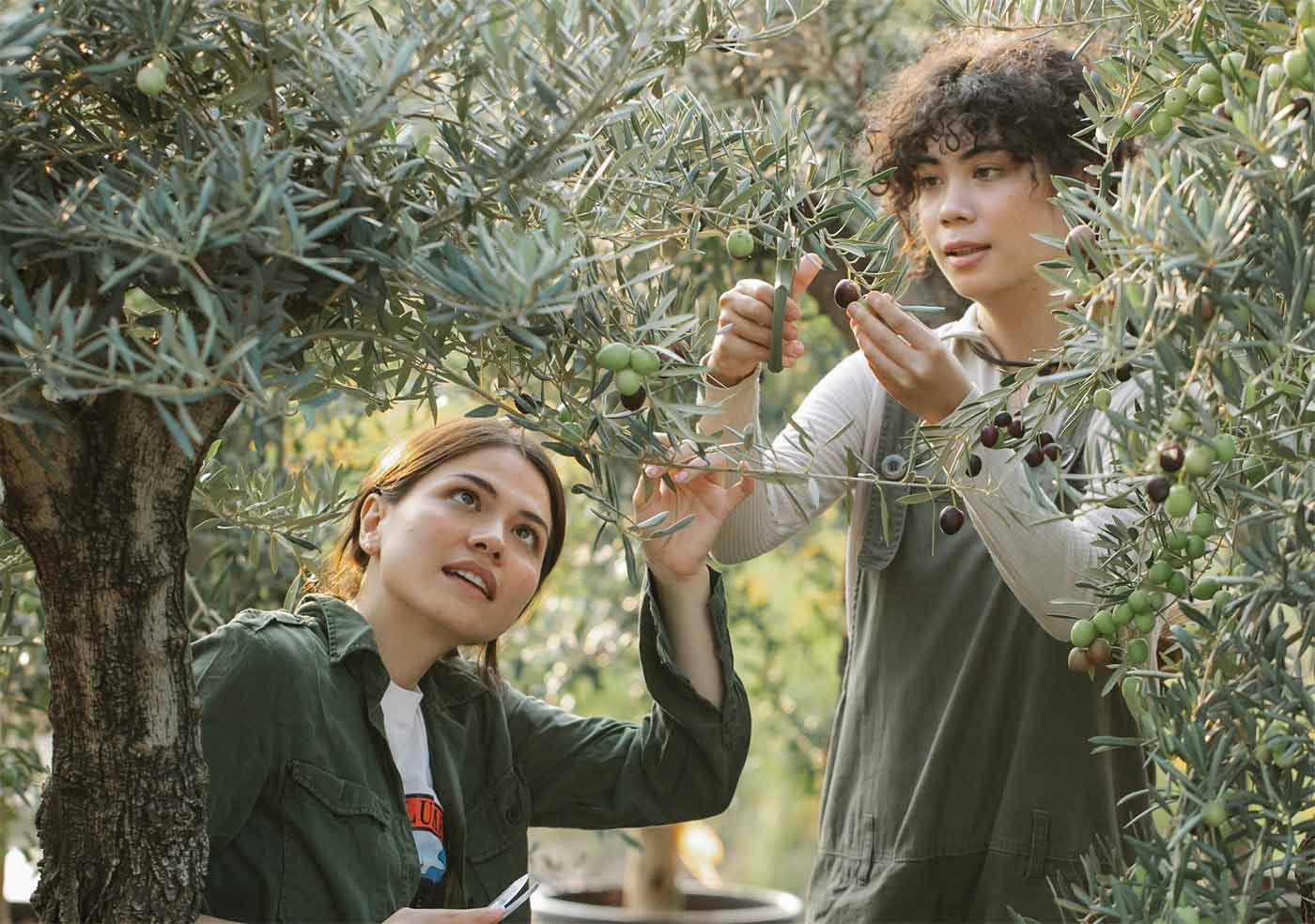
“The team is part farmer, part archaeologist, always full of enthusiasm to inspire emotions through fragrances and flavors.”
Related Posts
Shaking the olive trees
Harvesting olives is a time-honored tradition that requires skill, precision, and the right techniqu
How to grow an olive
Growing an olive tree can be a rewarding experience, whether you're cultivating it for its fruit, it
The best quality jars
When it comes to preserving the rich flavor and numerous health benefits of olive oil, choosing the

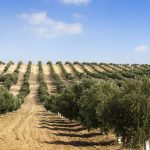
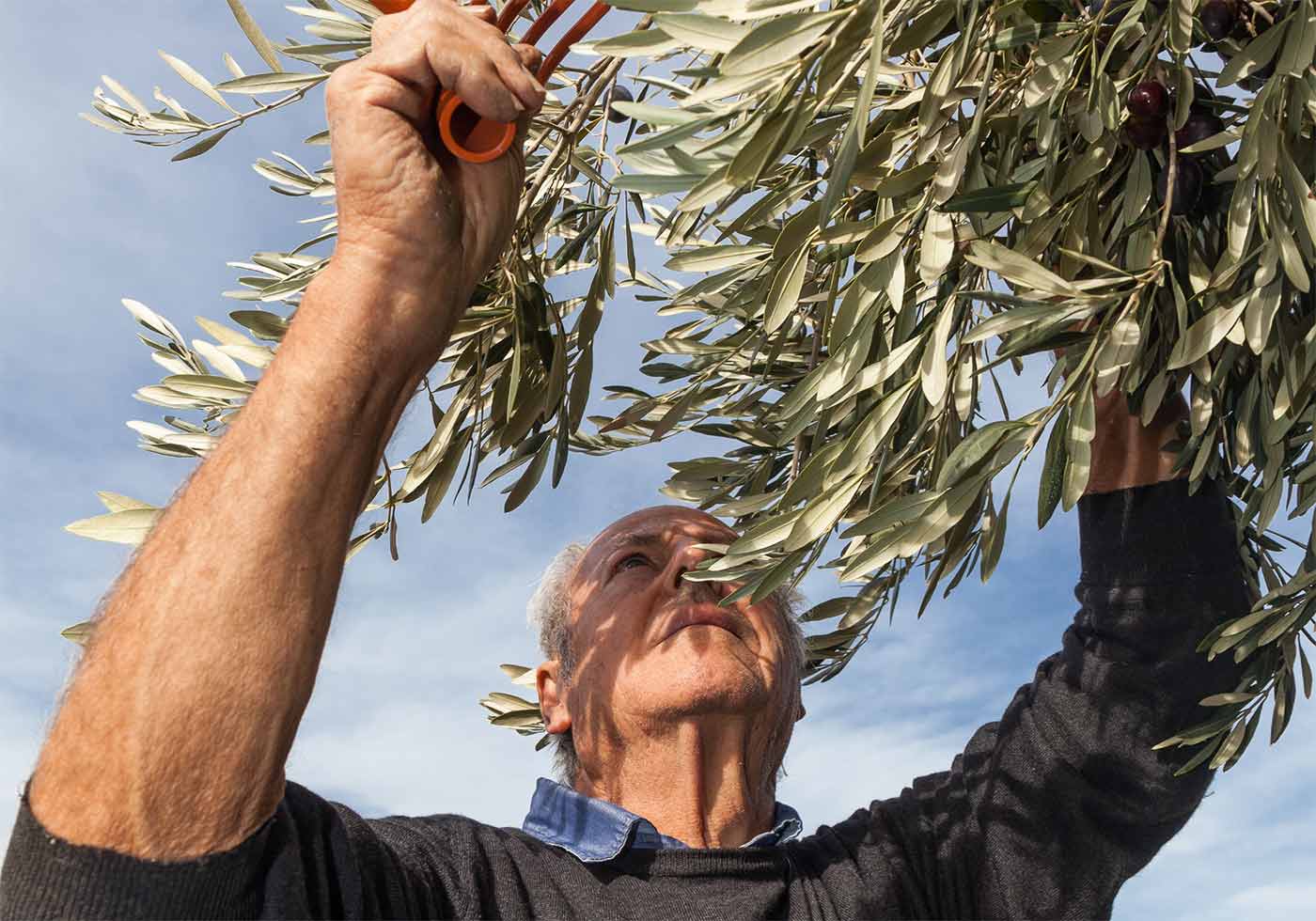
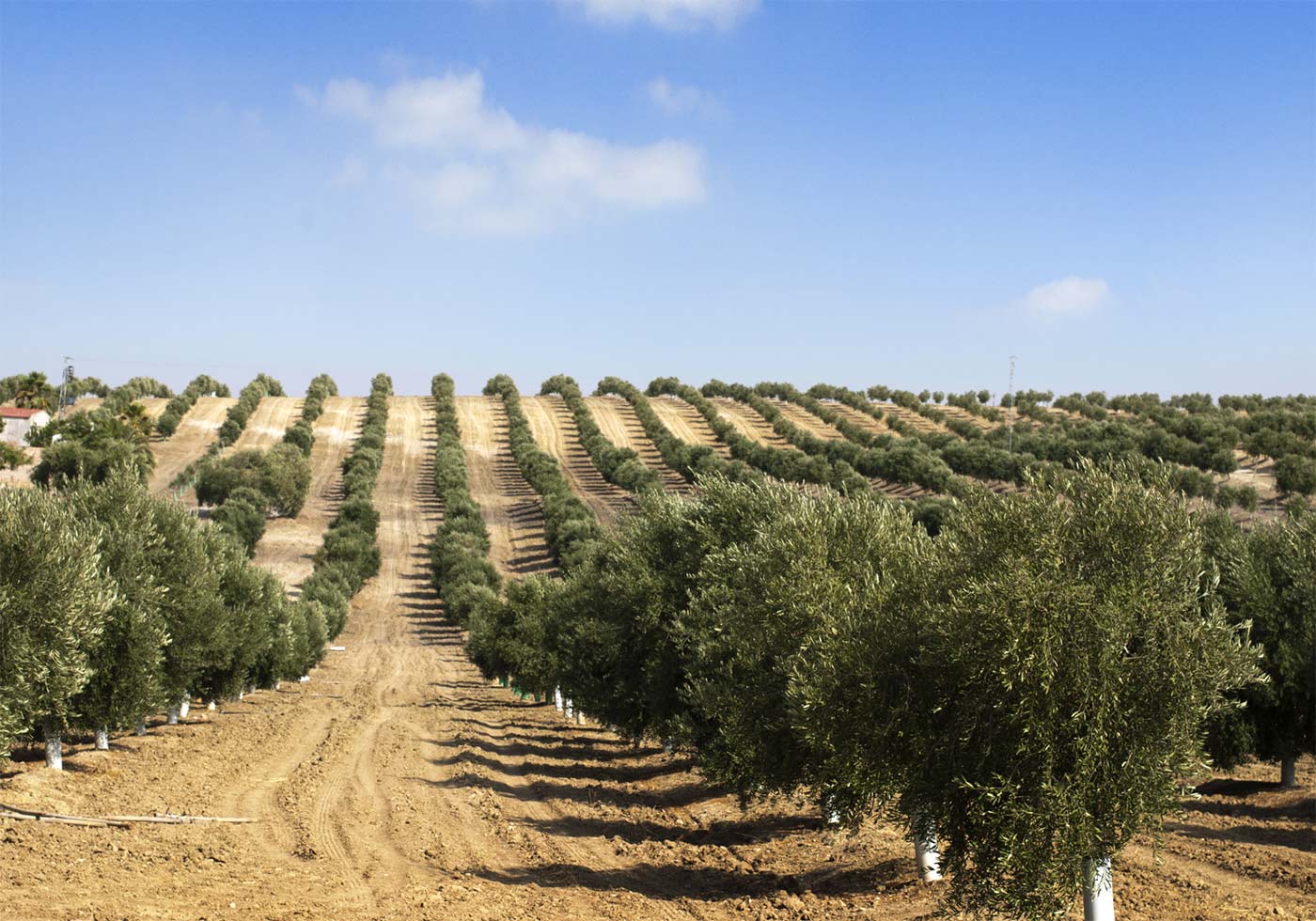
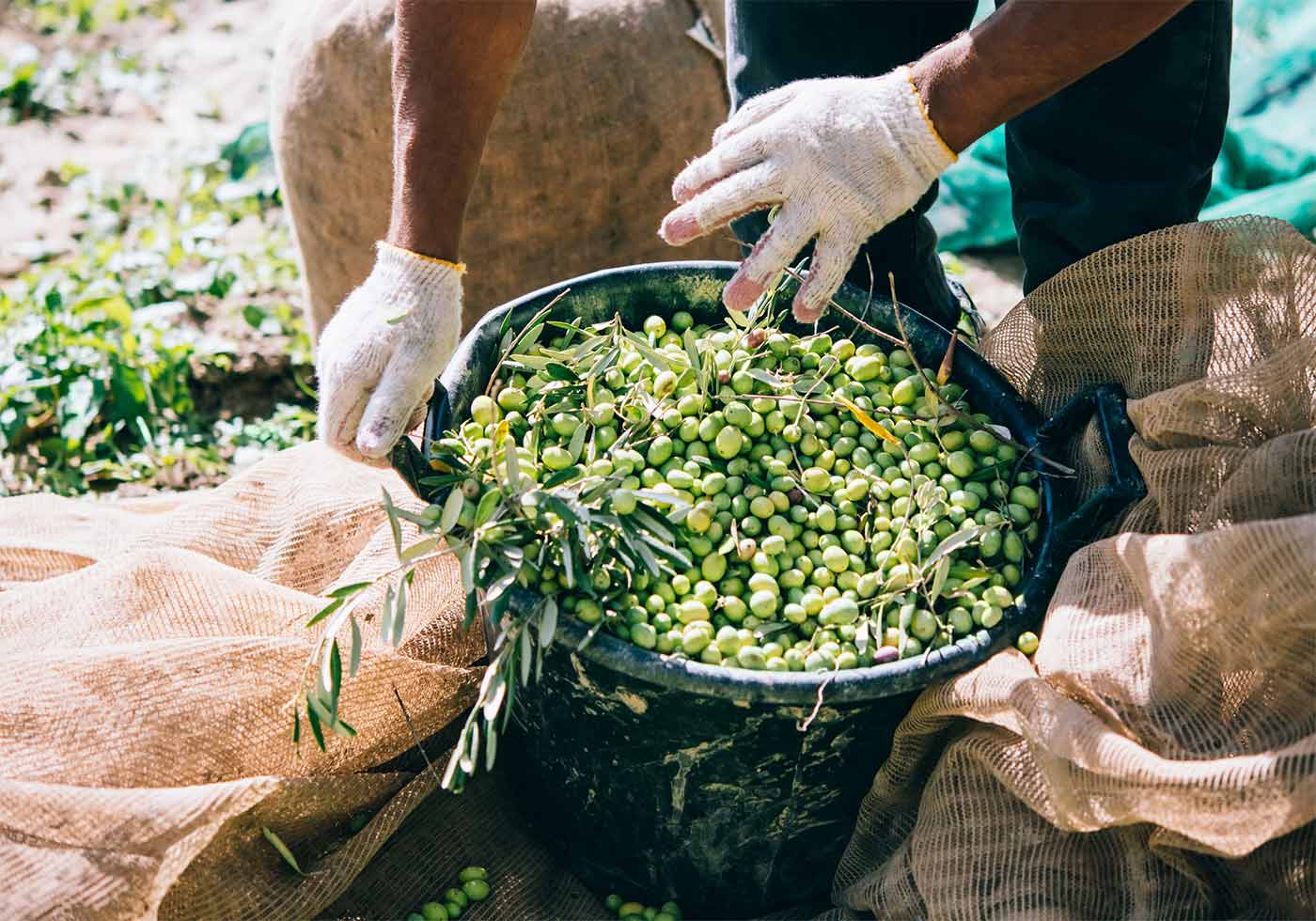
Leave a Reply